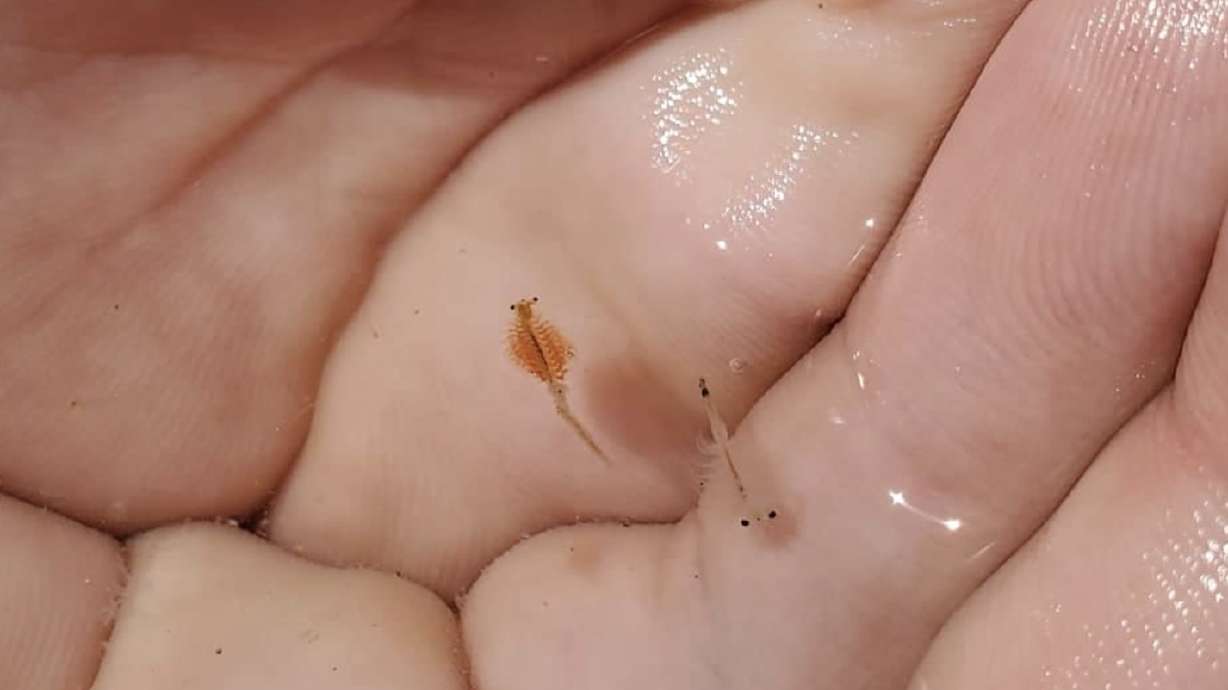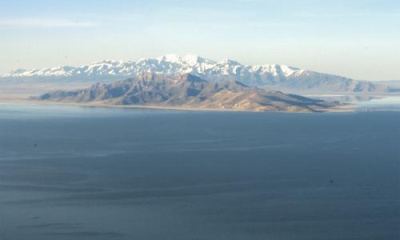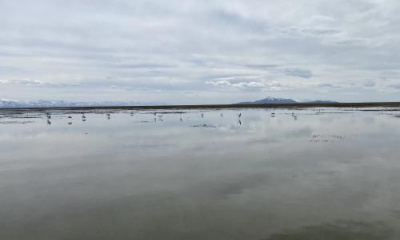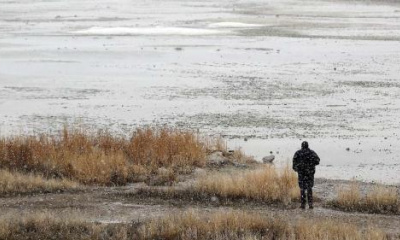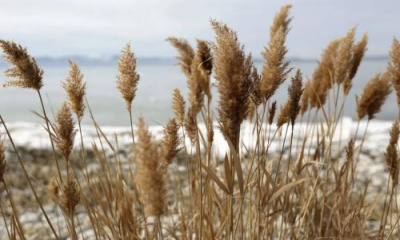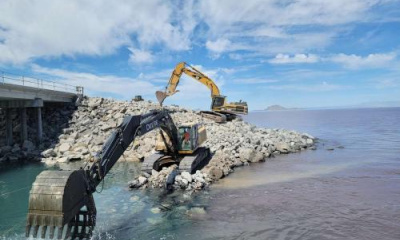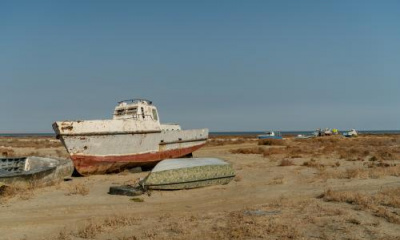SALT LAKE CITY — Utah land managers made emergency adjustments to a berm at the Great Salt Lake Causeway in 2022 and again in 2023, as the lake's record-low levels at the time started causing new challenges.
Water from the lake's saltier north arm started flowing into the southern arm, raising salinity levels to a point that threatened the south arm's entire ecosystem. Alterations to this berm are why the southern arm's levels are now more than 3 feet above the northern arm, as more water has returned to the lake over the past year.
But it appears those changes have also benefited one of the lake's more unique critters.
About 29 million pounds of brine shrimp cysts were harvested at the lake this past season, which normally runs from October through January every year, Utah Division of Wildlife Resources officials said Thursday. It's more than a 50% increase from the 19 million pounds collected the year before.
The recent harvest also falls in line with the historical range of 25 to 35 million.
John Luft, Great Salt Lake ecosystem program manager for the division, said it appears that the measures to address rising salinity levels played a key role in the cyst harvest by helping get salinity levels back to a normal range in time for this year's harvest.
Brine shrimp hatch rates also rose from about 60% in 2022 to above 90% in 2023.
"We thank our sister agencies and other partners for taking quick action to address salinity issues," he said in a statement. "It allowed the brine shrimp to quickly rebound."
Brine shrimp and brine shrimp cysts are considered an important food source for the millions of migratory birds that use the lake every year; however, they are also harvested by companies that use them as food for commercially grown fish and shrimp.
The two needs are why the state has a system in place to ensure that cysts aren't overharvested every year and can hatch into adult shrimp, Luft explains. He adds that because of Great Salt Lake's normally high hatch rates, the brine shrimp cysts there have a "reputation for being some of the highest quality cysts in the world."
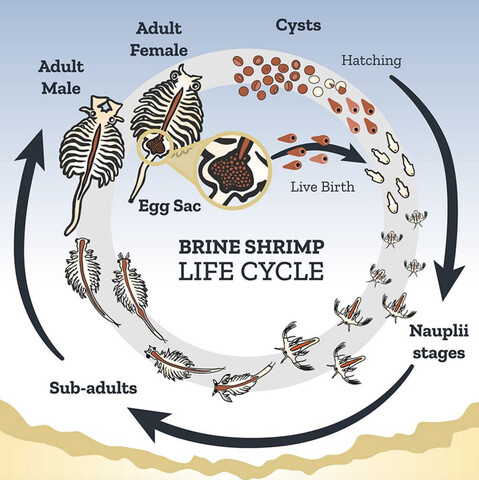
This chart explains the life cycle of brine shrimp, a plentiful species in the Great Salt Lake. (Photo: Utah Division of Wildlife Resources)
In fact, about 40% to 45% of global brine shrimp cysts and eggs come from the lake, Tim Hawkes, general counsel and vice chairman for the Great Salt Lake Brine Shrimp Cooperative, told KSL-TV in December. Those, in turn, go toward the production of fish and shrimp that people buy in stores.
Its importance is why Utah lawmakers approved a measure last year to name brine shrimp the state's official crustacean.
However, as the lake's levels declined in recent years, including a record low in 2022, troubles emerged in the ecosystem. Shrimp started to lose the energy to reproduce as the lake's levels dropped and its water got saltier.
It was a major concern, not just for people who harvest brine shrimp.
"If we lost the Great Salt Lake or if we lost the ability to produce brine shrimp from the Great Salt Lake, it would have a significant impact on our ability to feed the world," Hawkes said.
The Utah Division of Forestry, Fire and State Lands raised the causeway berm in the summer of 2022 as one possible solution to stop the rising salinity. Gov. Spencer Cox then ordered that it be raised a second time last winter.
Salinity rates in the southern arm dropped between its cutoff from the northern arm and new inflows from last year's record snowpack. Janice Gardner, an ecologist for the conservation nonprofit Sageland Collaborative, told KSL.com last spring that it was clear that salinity levels had returned to levels that made brine shrimp "happy" after revisiting the lake.
Meanwhile, more long-term solutions to manage the two arms may be on the horizon. Brian Steed, Utah's Great Salt Lake commissioner, said last week that the state is still reviewing options for the two sides.
One of those could be a plan that would remove the breach in the causeway and replace it with a type of aqueduct underneath the structure to control water and salinity instead. The Utah Division of Forestry, Fire and State Lands is requesting state funds this year to study the idea.
"I don't think we're ready to give up on the north arm," he said. "I don't think we're ready to say that the north arm is going to be something that we sever."

